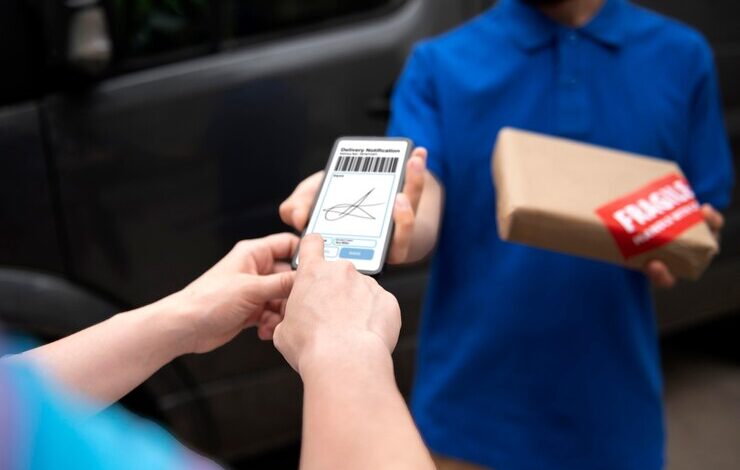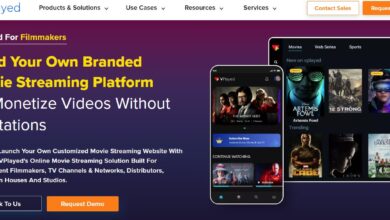
Food delivery services like Doordash have become increasingly popular due to their convenience. Entrepreneurs and businesses are eager to capitalize on this trend by developing their own food delivery apps. However, building a Doordash clone involves various factors that can affect the overall cost. This article will explore the key cost drivers in developing a Doordash clone, offering a comprehensive guide to help you plan your budget effectively.
Key Factors That Affect the Cost of Building a Doordash Clone
Developing a Doordash clone is more than just mimicking the features of the original app. Several factors will impact the overall cost:
1. Features and Functionalities
The complexity and number of features you include in your Doordash clone significantly determine the development cost. While a basic app with essential features like restaurant listing, food ordering, and delivery tracking will cost less, adding advanced functionalities such as:
- In-app chat: Allowing communication between users, restaurants, and delivery drivers
- Multiple payment gateways: Supporting different payment options like credit cards, wallets, and cash on delivery
- Push notifications: Notifying users about new offers, order status, etc.
- Referral programs and discounts: Attracting and retaining customers
Each of these features increases both the development time and cost.
2. App Platform
Another major cost factor is the app platform you choose. There are two primary options:
- iOS
- Android
If you decide to develop for both platforms simultaneously, it will require more time and resources, thus increasing the cost. If you are initially targeting a limited audience, developing for a single platform might be a cost-effective strategy. Cross-platform development, using technologies like Flutter or React Native, can reduce costs by allowing developers to write a single codebase for both iOS and Android.
3. User Interface (UI) and User Experience (UX) Design
A visually appealing and easy-to-use interface can significantly enhance user engagement. However, a well-designed UI/UX will come at a higher cost due to the additional time spent on:
- Creating wireframes
- Designing user-friendly navigation
- Testing user flows
Custom design elements, animations, and ensuring a smooth user experience will increase the budget but are essential for standing out in a competitive market like food delivery.
4. Technology Stack
The technology stack you choose to build your Doordash clone will also impact the cost. A typical tech stack includes:
- Front-end technologies: React Native, Swift, Kotlin
- Back-end technologies: Node.js, Ruby on Rails, PHP, or Python
- Database: MySQL, MongoDB
- Third-party APIs: Payment gateways, map integrations, SMS services
Integrating third-party APIs for payment gateways or GPS tracking services can add to the cost. The choice of more advanced or specialized technology will drive the cost higher.
5. Development Team Location
The geographic location of your development team can influence the overall cost significantly. Here’s a breakdown:
- United States/Canada: $100 – $250/hour
- Western Europe: $80 – $200/hour
- Eastern Europe: $30 – $75/hour
- India/Philippines: $20 – $50/hour
If you choose a team with lower hourly rates in a region, you can reduce development costs, but consider the quality of work and experience.
6. Maintenance and Updates
The costs don’t stop at launch. Ongoing maintenance, including bug fixes, server costs, and adding new features or updates, should be factored into your budget. On average, businesses should set aside 15-20% of the original development cost annually for maintenance.
Cost Breakdown for Developing a Doordash Clone
To give a rough estimate, let’s break down the costs for the various stages of app development.
1. Market Research and Planning
Before any code is written, conducting market research and defining your business goals is important. This phase includes:
- Identifying target markets
- Competitor analysis
- Outlining features and functionalities
Estimated cost: $2,000 – $5,000
2. UI/UX Design
Designing a user-friendly interface that engages customers requires skilled designers and multiple iterations.
Estimated cost: $5,000 – $20,000
3. Front-End and Back-End Development
The development phase is the core of the project, involving:
- Front-end development: Building the user interface and integrating it with the back-end
- Back-end development: Creating the server, database, and APIs to handle data and process orders
Estimated cost: $30,000 – $100,000
4. Testing and Quality Assurance
Before launching, the app must undergo extensive testing to ensure no bugs or performance issues. This includes testing on multiple devices and platforms.
Estimated cost: $5,000 – $15,000
5. Deployment
Deploying the app on platforms like the App Store and Google Play includes setting up hosting and databases and ensuring the app meets the necessary guidelines.
Estimated cost: $1,000 – $5,000
6. Ongoing Maintenance and Updates
Post-launch maintenance is essential for fixing bugs, ensuring security, and releasing updates.
Estimated cost: $10,000 – $50,000 annually
Conclusion
Creating an app like Doordash involves various costs depending on your features, design complexity, and platform. A basic food delivery app can cost around $50,000, while a more advanced app with multiple features can cost up to $200,000. It’s also important to account for ongoing maintenance and updates, which can further add to the overall budget.
However, the investment can pay off as food delivery services thrive globally. By creating a seamless user experience and incorporating essential features, your Doordash clone can become a successful business model.
FAQs
1. Can I build a Doordash clone on a limited budget?
Yes, you can start developing a basic version with limited features. Later, as your business grows, you can always add advanced functionalities.
2. How long does it take to develop a Doordash clone?
The development timeline depends on the app’s complexity, ranging from 4-6 months for a basic app and 9-12 months for a more advanced version.
3. What is the most cost-effective way to build a Doordash clone?
Opting for a cross-platform development approach and hiring a development team from a region with lower hourly rates, like Eastern Europe or India, can help reduce costs.
4. What third-party integrations will increase my costs?
Integrating third-party services such as payment gateways, GPS tracking, and push notifications will increase your development expenses, but they are necessary for a functional food delivery app.
5. Do I need ongoing maintenance for a Doordash clone?
Yes, ongoing maintenance is essential for fixing bugs, keeping the app secure, and ensuring it stays up-to-date with operating system updates and user feedback.




